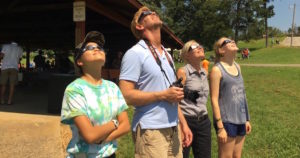
Science and Culture Today | Page 436 | Discovering Design in Nature


Free Webinar, May 16: Compliant or Critical? Scientific Authority in the Age of COVID-19

On the Origin of Life, Here Is My Response to Jeremy England

In Biology, Intelligent Designs that Amaze, Amuse, and Entertain

How a Perfect Solar Eclipse Suggests Intelligent Design

Marks, Bringsjord: Confound Your Atheist Friends with Gödel’s “God Theorem”

Why Building Animals Is Hard

The Science Guild’s Mask Is Falling Off

Recommended Reading: A Handbook of the Big Bang






































